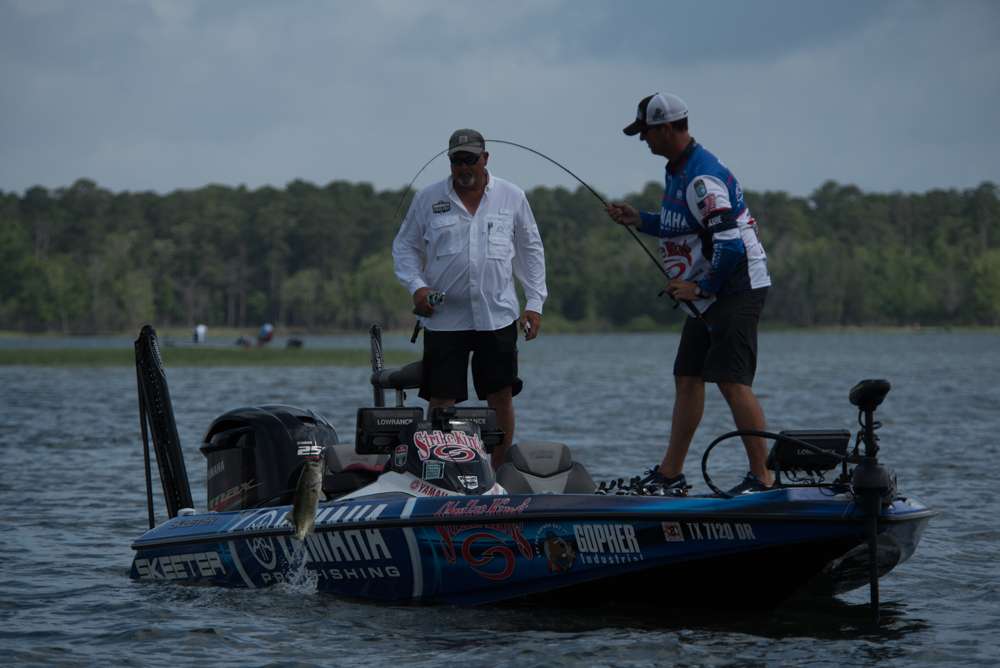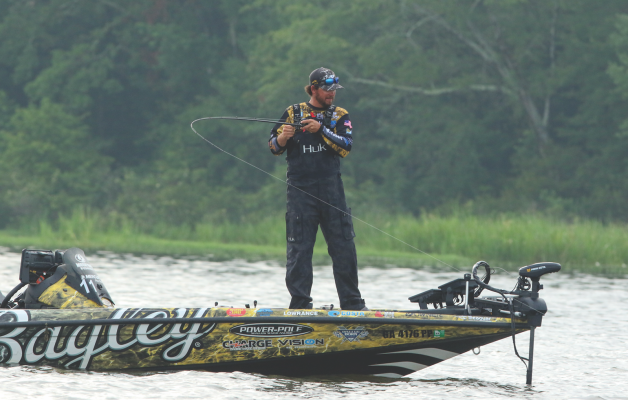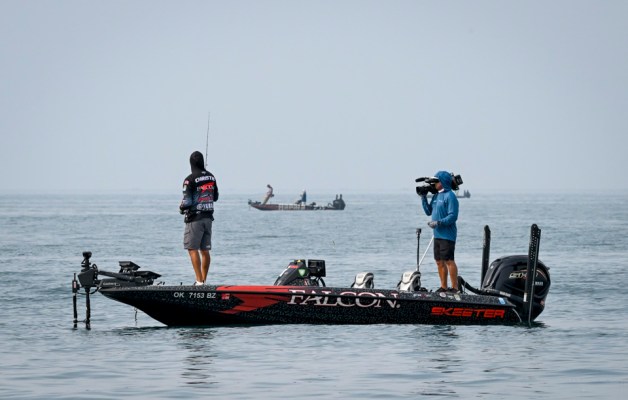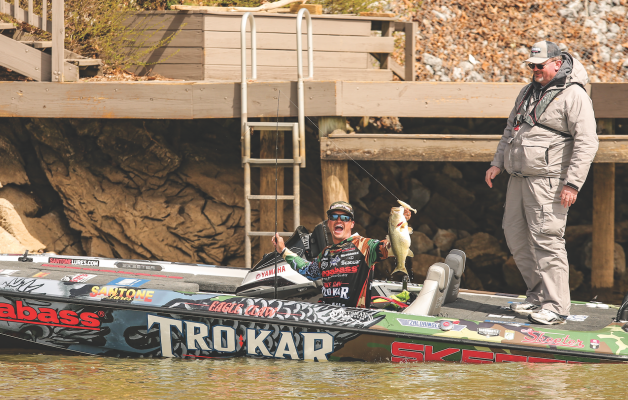
Todd Faircloth took a gulp of cool, Texas air on the waters over Sam Rayburn. He took several, in fact, trying to catch his breath after landing an 11-pound, 6-ounce monster from a shallow flat.“It was one of the biggest fish I’ve ever caught in my life,” says the Texas native and renowned Elite Series pro. “And I caught it on a lipless bait.”
If you’re experiencing a cooling trend at home, it’s time to fire up the outboard and excavate some lipless crankbaits from your winter tacklebox. Bucking bass fishing tradition could net you one of the biggest fish of your life. This according to Faircloth, who starts glossing over with flashbacks from the Rayburn behemoth when north winds blow.
“Most of the time, when people think of lipless baits in the South, they think January and February,” Faircloth says. “But I like a lipless bait in the fall for a few reasons. You’re going to have lake drawdowns that time of the year, and your grass is going to be somewhat shallow, so if you can throw a 3/4-ounce lipless bait in and keep it clean enough, you’ll be able to cover water quickly and you’re going to catch some fish.”
In the early fall, bass generally move up from their summer holdouts on the bottom of the water column to warmer positions closer to the top of the water column. Crucially, they also begin to more actively chase bait. “Whereas before you would have to flip bass out of grass or cast a worm toward the bottom, you can catch these fish while they are chasing,” says Faircloth.




